Early Saxon Period Thrymsas, Sceats & Stycas AD 620-900
The withdrawal of Roman forces from Britain in the 5th Century AD led to a rapid demise in society including areas such as coinage. In fact there was nearly two hundred years where no coins at all were struck (we can say this with confidence as if coins had been made during this period they would have been lost and found as with all other periods). Imagine if such a thing happened nowadays, the demise of our monetary system and a return to bartering, one wonders what you could buy with a gram of gold at the local Sainsbury’s… Sometime in the early 7th Century the value of stamping design on said gram of gold became apparent once again and the first Thrymsa’s started to appear. These are very rare and the majority of early pieces known were found in one location in AD 1828, later to be known as the Crondall hoard, worth a visit to the Ashmoleon Museum in Oxford just to see this. The first silver coins (referred to as a Sceat or Sceatta) made an appearance in the late 7th Century and are thought to have been made in South East England. These were joined by the Continental series which includes the Porcupine sceat (series E) among a few other types. The 8th Century brought what is known as the ‘Secondary Phase’ which is by far the most diverse with some 20-30 main types, each with several variations. The art on the secondary series is mesmerising. Much of it has hidden meaning which the Saxons are famous for and we can only guess at, some is clearer than other for example the bird fighting with a serpent on the series Q coins accepted to be depicting the fight between good and evil. The 7th century coins are generally made of good silver while the 8th century (secondary) coins are often base metal and porous. Kingdom of Northumbria & Archbishops of York The end of the 7th Century sees the establishment of an advanced monetary system in Northumbria with Kings and Archbishops being named on silver sceats, also the introduction of a bronze coin called the Styca. For more information on Northumbria click here. AD 758 sees the transitional sceat/penny of Beonna, king of East Anglia and marks the end of a truly fascinating period. Collecting the coinage from this period is like diving into a good fictional novel, immersed in the world of fanciful beasts and horned gods, brought to life by these little masterpieces. For further reading we’d recommend: Sceattas An Illustrated Guide by Tony Abramson or for a more in depth publication Sceatta List also by Tony Abramson.
Dates – Thrymsas AD 620-675 Sceats & Stycas – Primary – AD 680-710, Continental -AD 695-740, Secondary – AD 710-760, Northumbria – AD 685-900
Showing 1–40 of 75 results
-
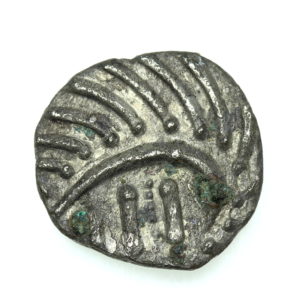
Anglo Saxon AD 695-740 Continental Issues Silver Sceatta Series E
£145.00Code: GS583
View Item -
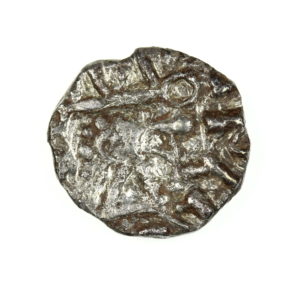
Anglo Saxon Continental Issues 695-740AD Silver Sceatta Series D
£125.00Code: KS340
View Item -
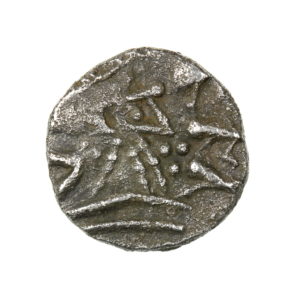
Anglo Saxon Continental Issues 695-740AD Silver Sceatta Series D
£195.00Code: KS576
View Item -
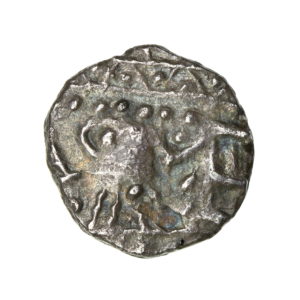
Anglo Saxon Continental Issues 695-740AD Silver Sceatta Series D
£195.00Code: RS387
View Item -
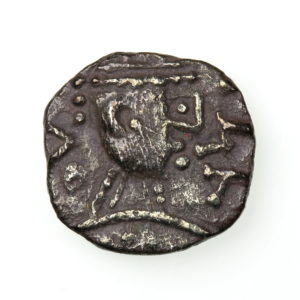
Anglo Saxon Continental Issues 695-740AD Silver Sceatta Series D Type 2c
£250.00Code: HS632
View Item -
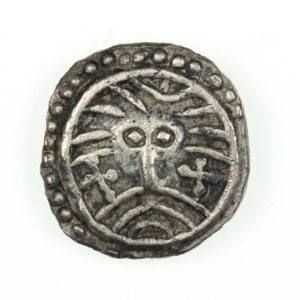
Anglo Saxon Continental Issues 695-740AD Silver Sceatta Series X Wodan head Ribe mint
£775.00Code: KS863
View Item -
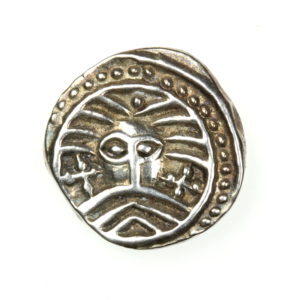
Anglo Saxon Continental Issues 695-740AD Silver Sceatta Series X Wodan head Ribe mint
£875.00Code: RS243
View Item -
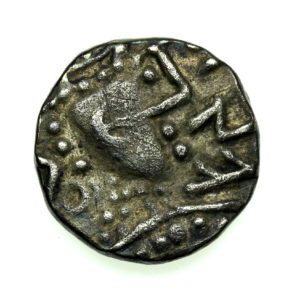
Anglo Saxon Continental Issues AD 695-740 Silver Sceatta Series D
£295.00Code: GS696
View Item -
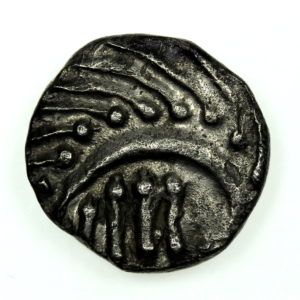
Anglo Saxon Continental Issues AD 695-740 Silver Sceatta Series E
£185.00Code: CS972
View Item -
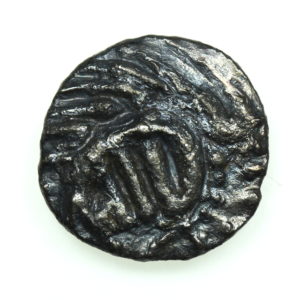
Anglo Saxon Continental Issues AD 695-740 Silver Sceatta Series E
£150.00Code: GS697
View Item -
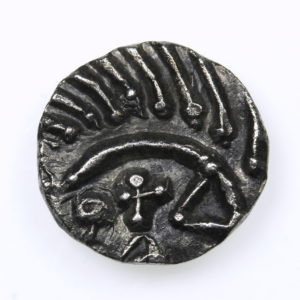 New Listing
New ListingAnglo Saxon Continental Issues AD 695-740 Silver Sceatta Series E
£225.00Code: GS776
View Item -
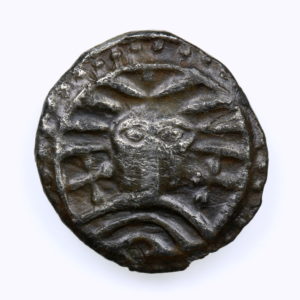 New Listing
New ListingAnglo Saxon Continental Issues AD 695-740 Silver Sceatta Series X Wodan head Ribe mint
£675.00Code: GS777
View Item -
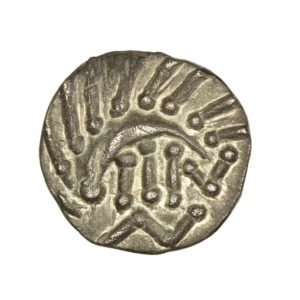
Anglo Saxon Continental Issues Silver Sceatta 695-740AD, Rare
£395.00Code: RS787
View Item -
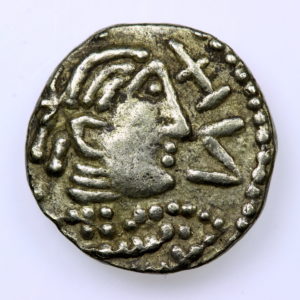 New Listing
New ListingAnglo Saxon Post Crondall period AD 655-675 Gold Thrymsa (or Shilling) Two Emperors type
£3,850.00Code: GS775
View Item -
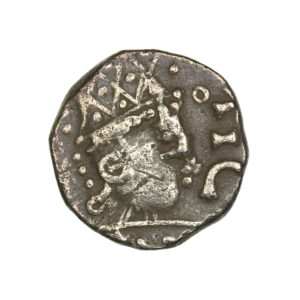
Anglo Saxon Primary AD 680-710 Silver Sceatta Series A
£295.00Code: CS47
View Item -
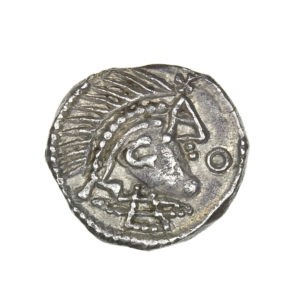
Anglo Saxon Primary Phase 680-710AD Silver Sceat Saroaldo type
£1,500.00Code: RS430
View Item -
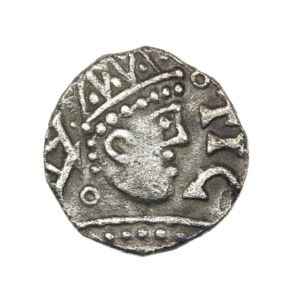
Anglo Saxon Primary Phase 680-710AD Silver Sceatta Series A
£695.00Code: RS233
View Item -
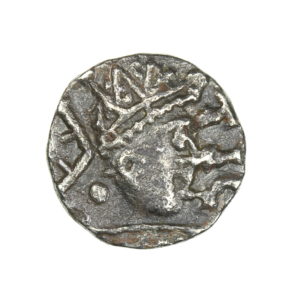
Anglo Saxon Primary Phase 680-710AD Silver Sceatta Series A
£395.00Code: RS383
View Item -
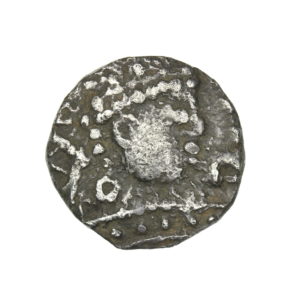
Anglo Saxon Primary Phase 680-710AD Silver Sceatta Series A
£250.00Code: RS384
View Item -
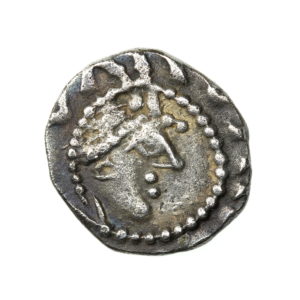
Anglo Saxon Primary Phase 680-710AD Silver Sceatta Series B
£275.00Code: RS585
View Item -
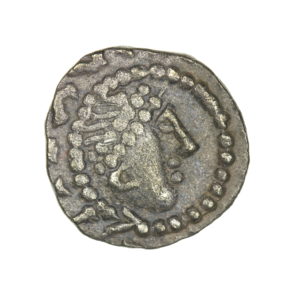
Anglo Saxon Primary Phase 680-710AD Silver Sceatta Series BI
£325.00Code: RS234
View Item -
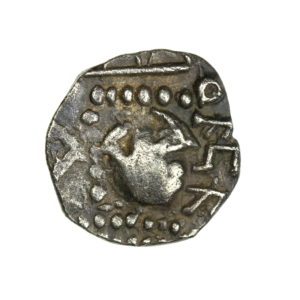
Anglo Saxon Primary Phase 680-710AD Silver Sceatta Series C
£275.00Code: RS244
View Item -
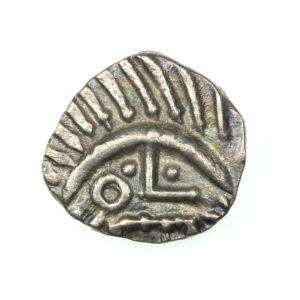
Anglo Saxon Primary Phase 680-710AD Silver Sceatta Stepped Cross Type 53
£495.00Code: RS596
View Item -
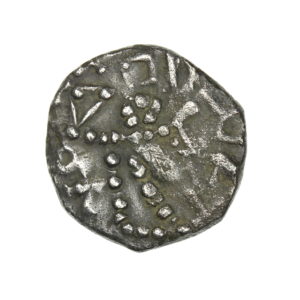
Anglo Saxon Primary Phase 680-710AD Silver Sceatta, Series F
£275.00Code: RS385
View Item -
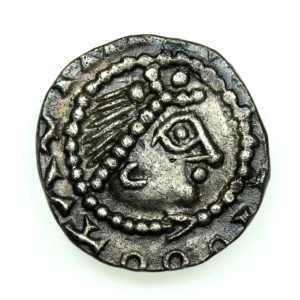
Anglo Saxon Primary Phase AD 680-710 Silver Sceatta Series BI
£475.00Code: GS694
View Item -
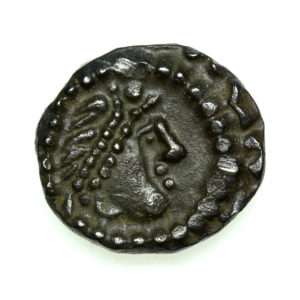
Anglo Saxon Primary Phase AD 680-710 Silver Sceatta Series BI
£295.00Code: GS695
View Item -
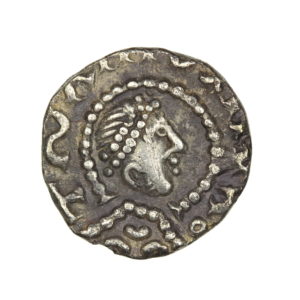
Anglo Saxon Primary Phase AD 680-710 Silver Sceatta Series BX
£595.00Code: CS132C
View Item -
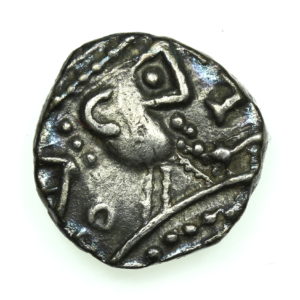
Anglo Saxon Primary Phase AD 680-710 Silver Sceatta Series C
£250.00Code: GS693
View Item -
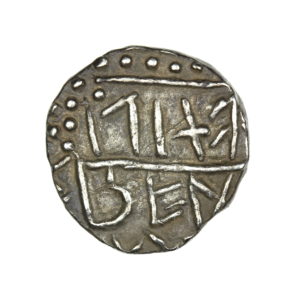
Anglo Saxon Primary Phase Aethelred of Mercia 674-704AD Silver Sceatta
£1,650.00Code: RS786
View Item -
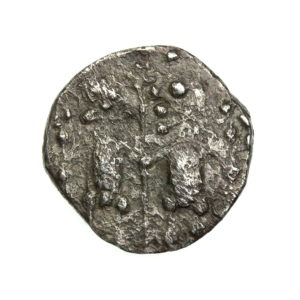
Anglo Saxon Secondary Phase (Eclectic) Sceattas 710-760AD Silver Sceatta
£250.00Code: RS247
View Item -
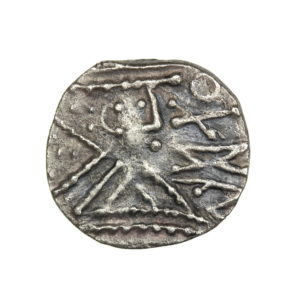
Anglo Saxon Secondary Phase (Eclectic) Sceattas 710-760AD Silver Sceatta
£495.00Code: RS249
View Item -
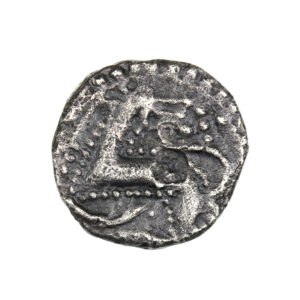
Anglo Saxon Secondary Phase 710-760AD Silver Sceat Series N
£325.00Code: RS432
View Item -
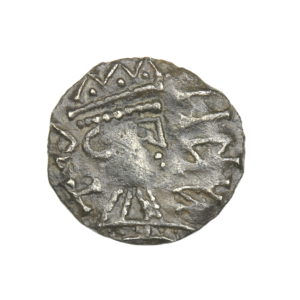
Anglo Saxon Secondary Phase 710-760AD Silver Sceat Series R
£275.00Code: RS433
View Item -
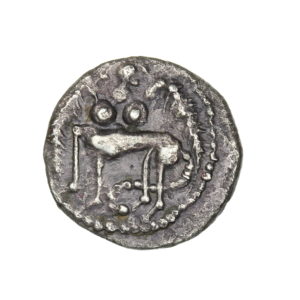
Anglo Saxon Secondary Phase 710-760AD Silver Sceat Series S
£675.00Code: RS434
View Item -
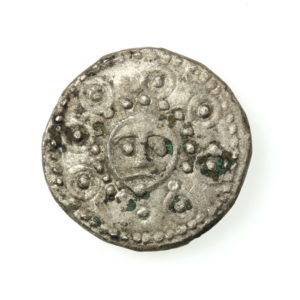
Anglo Saxon Secondary Phase 710-760AD Silver Sceatta Series H type 49 Hamwic Southampton mint
£495.00Code: KS671
View Item -
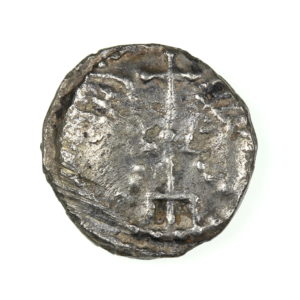
Anglo Saxon Secondary Phase 710-760AD Silver Sceatta Series J York
£250.00Code: KS581
View Item -
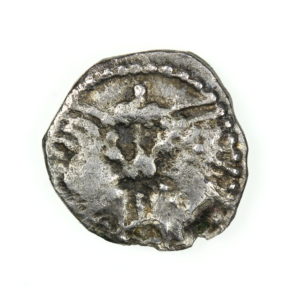
Anglo Saxon Secondary Phase 710-760AD Silver Sceatta Series J Type 37
£175.00Code: KS887
View Item -
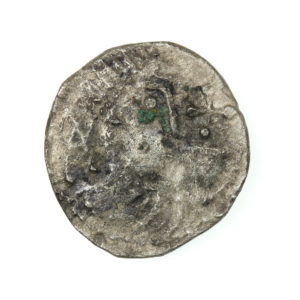
Anglo Saxon Secondary Phase 710-760AD Silver Sceatta Series L
£275.00Code: KS584
View Item -
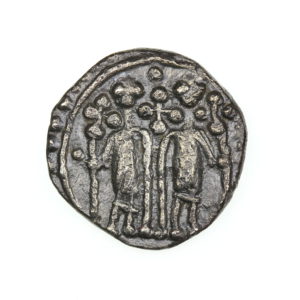
Anglo Saxon Secondary Phase 710-760AD Silver Sceatta Series N
£895.00Code: RS619
View Item -
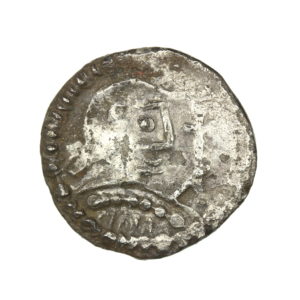
Anglo Saxon Secondary Phase 710-760AD Silver Sceatta Series Q New Variety
£1,250.00Code: RS625
View Item






